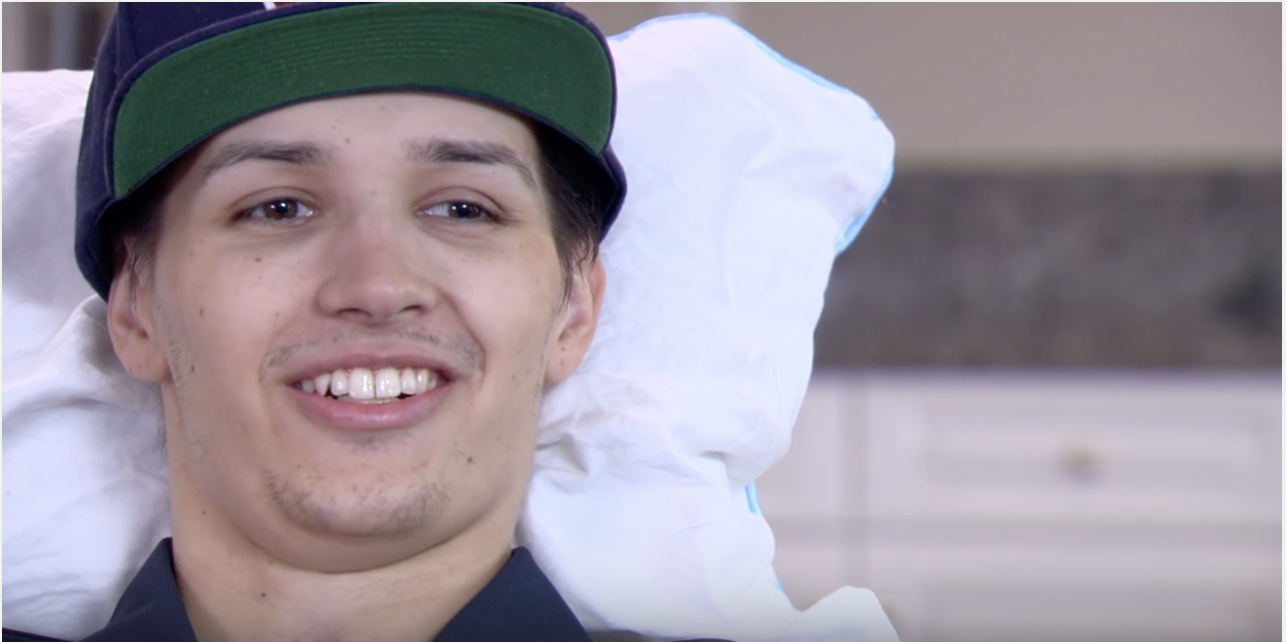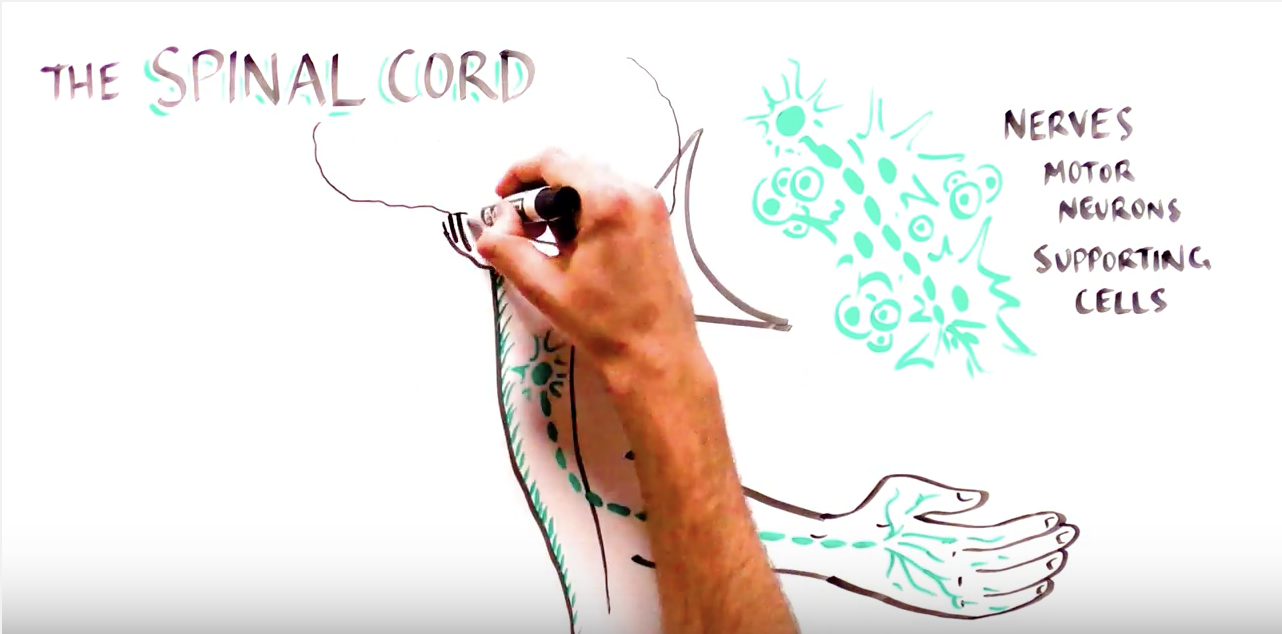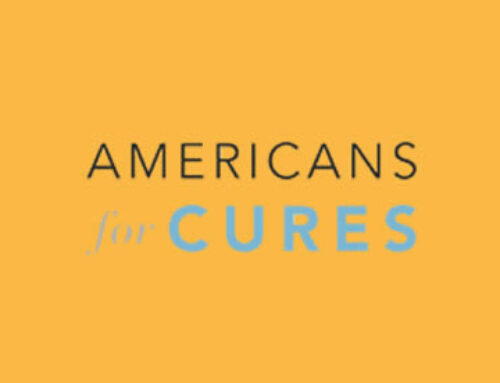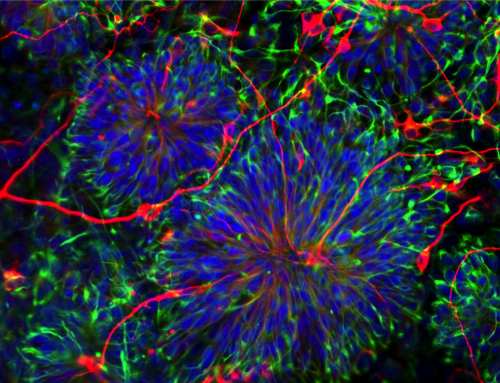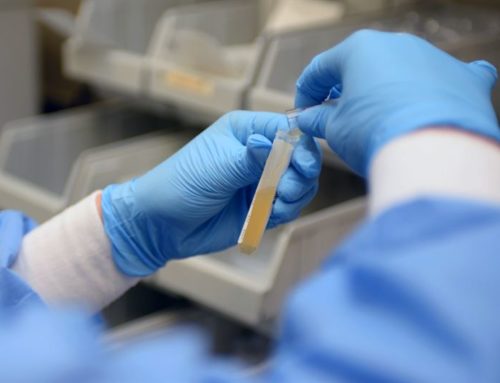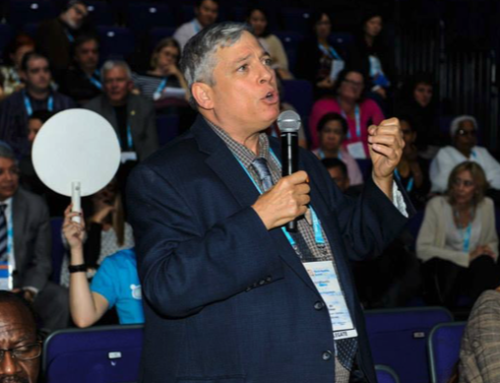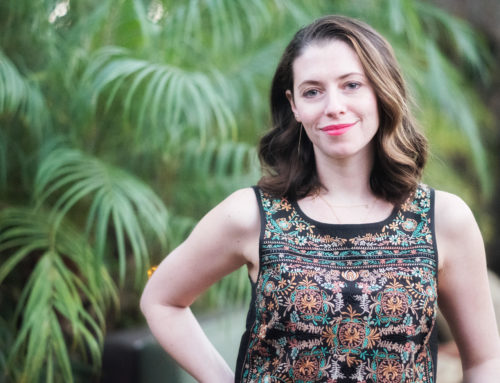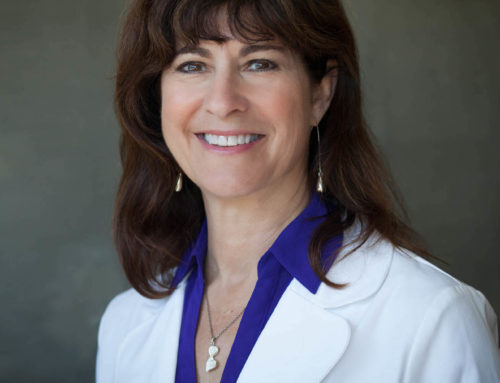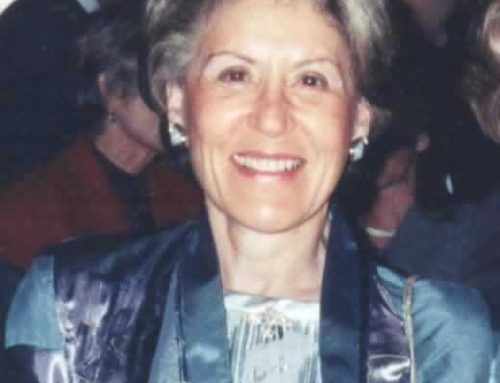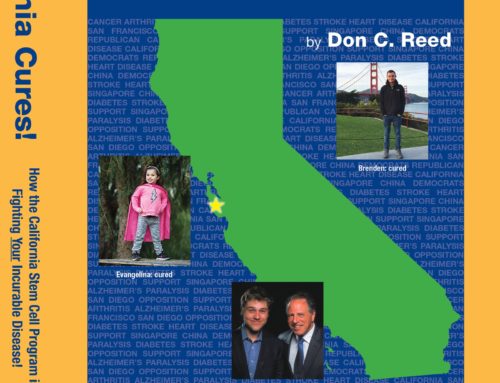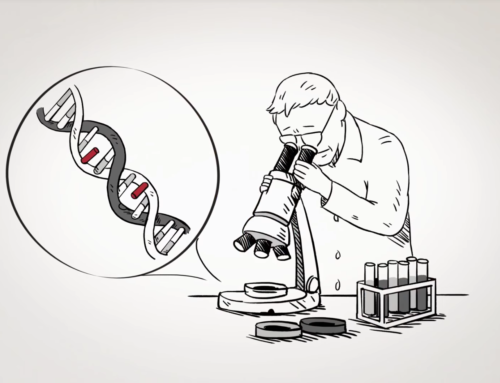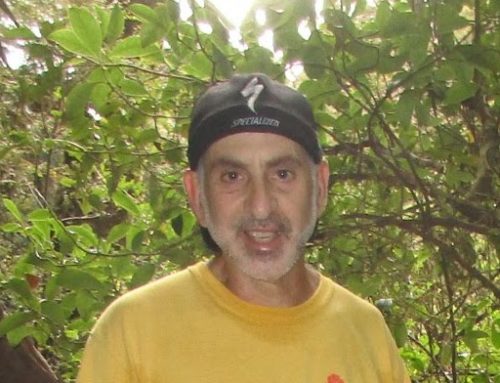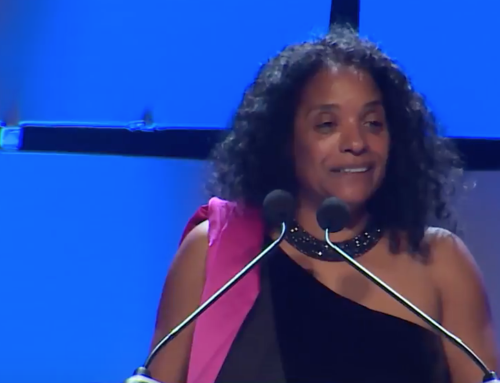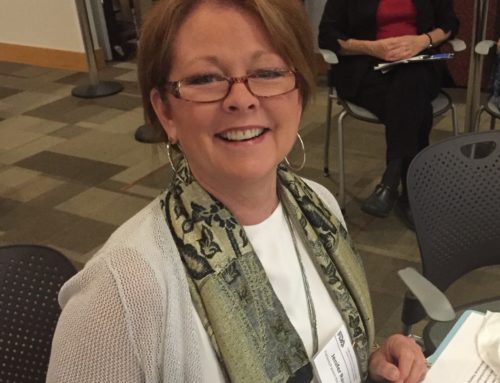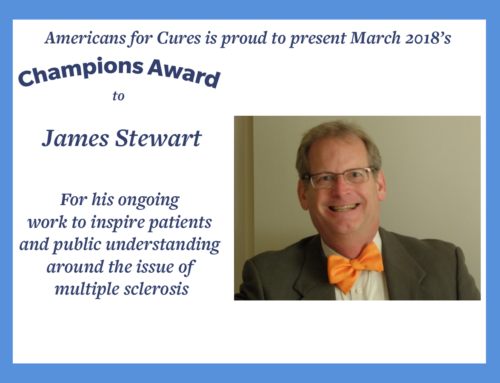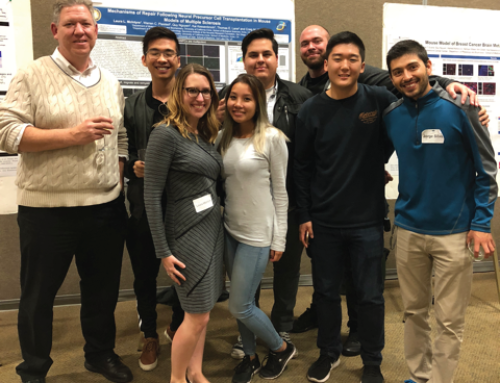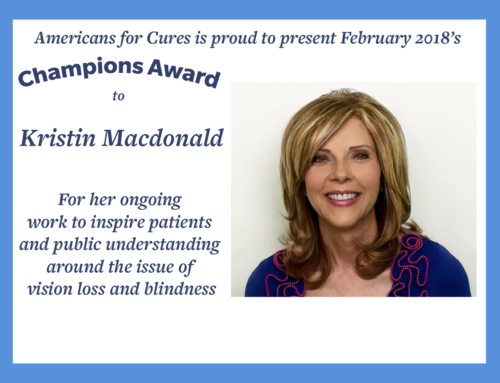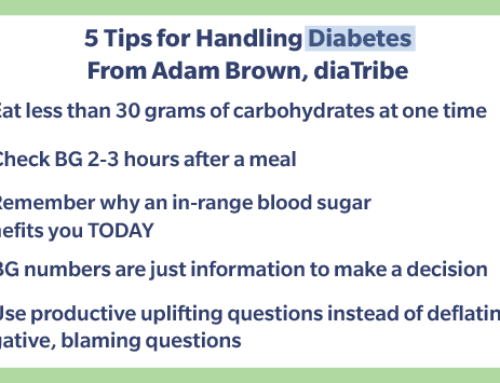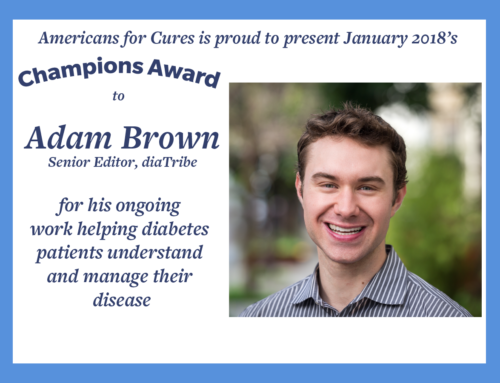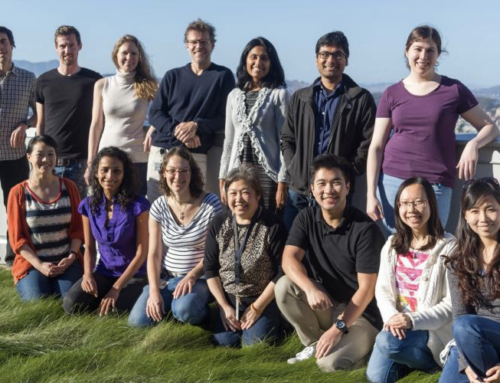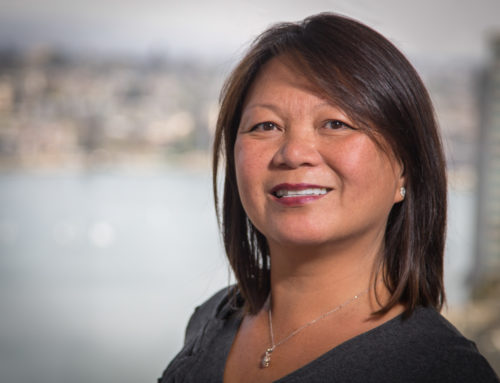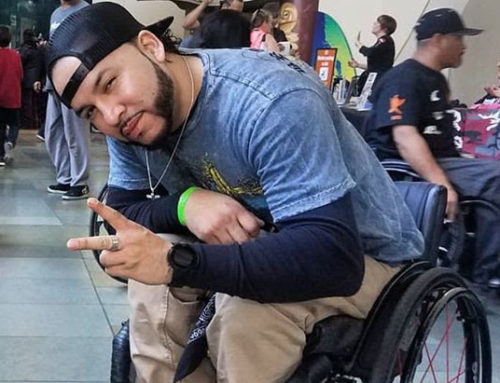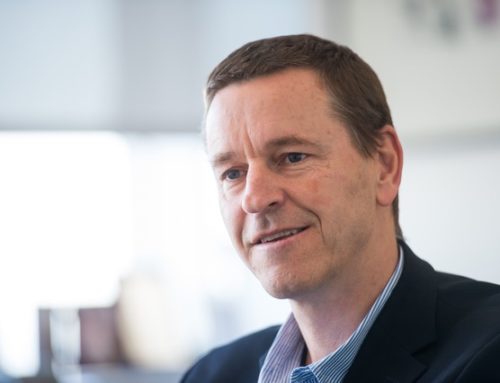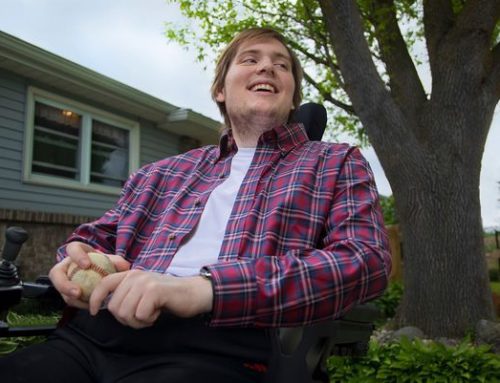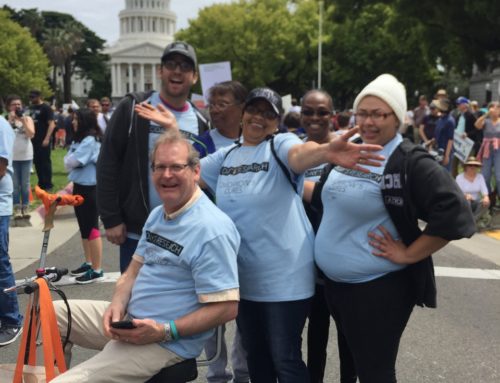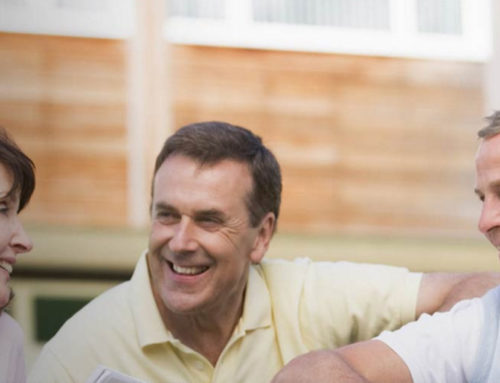If you visit the Chicago Air Museum (now called the Museum of Science and Industry) you can see the actual plane the Wright brothers flew, on the world’s first leap into the sky. It is an amazing museum, well worth your time and the sixteen-dollar admission fee.
But one of the most interesting exhibits might be overlooked: a bulletin board under glass — letters written to and from the brothers Wright.
When Orville and Wilbur were getting ready to fly at Kitty Hawk, they were not working on this problem all by themselves. Other researchers around the world were attempting the same thing — and sharing what they learned. Gradually, through this accumulation of shared knowledge, flight became not just possible, but inevitable.
URL — https://www.loc.gov/pictures/resource/ppprs.00626/, Public Domain, https://commons.wikimedia.org/w/index.php?curid=6224251
Just as aeronautics engineers needed to share tips on what worked with propeller shapes and fixed wings, so do stem cell researchers pick up info from each other.
You might do this with Google alerts. Just type in “Google Alerts” in the search bar, go where it sends you; sign up for “stem cell research” or whatever your interest is. Every day you will get an email full of clickable links.
Unfortunately — some of the best info-sources are no longer free. The Wall Street Journal does excellent articles on many subjects, but you must pay for every one. The New York Times and Washington Post charge a reasonable subscription fee, but both allow you ten free articles a month.
More and more, pay walls appear; information available, but only for a price.
I found a really interesting article about the growth of regenerative medicine — soon to be a $50 billion a year industry — but the article costs $4,599 to read!
Forty-six hundred bucks for one article? https://tinyurl.com/yaqtt5d7 Had to pass on that one.
The California stem cell program takes a different approach, actively seeking to share information.
For instance, as the father of a paralyzed young man, Roman Reed, I am naturally interested in possible cures for paralysis. I go to the website, www.cirm.ca.gov, type in “spinal cord injury” and get this:
https://www.cirm.ca.gov/our-progress/disease-information/spinal-cord-injury-fact-sheet
There are numerous videos,(including one featuring Roman!) general interest explanatory pieces — and 21 links to attempts to defeat spinal cord injury paralysis. Some are focused on the total cure; others choose one aspect of the problem.
Below is a quick summary of CIRM paralysis cure research projects:
1. Brian Cummings, University of California, Irvine: Effect of … drugs on stem cell proliferation, gene expression, and differentiation in a model of spinal cord injury;
2. Mark Tuszynski, University of California, San Diego: neural stem cell relays for severe spinal cord injury;
3. Ziwei Huang, Sanford-Burnham Medical Research Institute:…therapeutics targeting stem cell migration;
4. Aileen Anderson, University of California, Irvine: …neural stem cell lines to predict … efficacy for chronic cervical spinal cord injury.
5. Hans Keirstead, University of California, Irvine: hESC-Derived motor neurons for the treatment of cervical spinal cord injury;
6. Martin Marsala, University of California, San Diego: …paraplegia: modulation by human embryonic stem cell implant;
7. Martin Marsala. University of California, San Diego: induction of immune tolerance after spinal grafting of human ES-derived neural precursors;
8. Jane Lebkowski, Asterias Biotherapeutics: evaluation of safety and preliminary efficacy of escalating doses of GRNOPC1 in subacute spinal cord injury
9. Arnold Kriegstein, University of California, San Francisco: human ES cell-derived MGE inhibitory interneuron transplantation for spinal cord injury;
10. Mark Tuszynski, University of California, San Diego: functional neural relay formation by human neural stem cell grafting in spinal cord injury;
11. Eric Ahrens, University of California, San Diego: molecular imaging for stem cell science and clinical application research;
12. Samantha Butler, University of California, Los Angeles assessing the mechanism by which the bone morphogenetic proteins direct stem cell fate;
13. Jane Lebkowski, Asterias Biotherapeutics: Phase I/IIa dose escalation safety study of AST-OPC1 in patients with cervical complete spinal cord injury;
14. Catriona Jamieson, University of California, San Diego: alpha stem cell clinic for the development of regenerative therapies;
15. Bennett Novitch, University of California, Los Angeles: molecular characterization of hESC and hIPSC-derived spinal motor neurons;
16. Sarah Heilshorn, Stanford University: injectable hydrogels for the delivery, maturation, and engraftment of human induced pluripotent stem cell-derived neural progenitors to the central nervous system;
17. Aileen Anderson, University of California, Irvine: role of the microenvironment in human iPS and NSC fate and tumorigenesis;
18. Leif Havton, University of California, Irvine: repair of conus medullaris/cauda equina injury using human ES cell-derived motor neurons;
19. Leif Havton, University of California, Los Angeles: development of a pre-clinical animal model…to evaluate human stem cell-derived replacement therapies for motor neuron injuries and degenerative diseases;
20. Binhai Zheng, University of California, San Diego: Genetic manipulation of human embryonic stem cells and its application in studying CNS development and repair;
21. David Schaffer, University of California, Berkeley: scalable production of oligodendrocyte precursor cells to treat neural disease and injury.
What kind of information you will get if you click on just one?
Try it.
Researchers will find a ton of value there.
And non-scientists like myself?
“… On November 3, 2016, Asterias successfully dosed the first (paralyzed) patient with 20 million cells of AST-OPC1. No serious adverse events … have been observed in any treated patient… subjects have demonstrated improvements in their ability to independently perform activities of daily living including feeding themselves, drinking, texting, sending emails, and signing their names…”
Available for the clicking of a button, www.cirm.ca.gov is a library of information, pieces of the puzzle of cure.
This post originally appeared on Medium.
Don C. Reed is Vice President of Public Policy for Americans for Cures, and he is the author of the forthcoming book, CALIFORNIA CURES: How California is Challenging Chronic Disease: How We Are Beginning to Win—and Why We Must Do It Again! You can learn more here.



